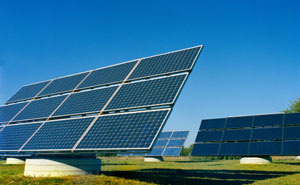
Energy is an essential building block of economic development and in improving the quality of life. To meet the increasing demand of developing nation, the Indian energy sector has witnessed a rapid growth.
The energy sector includes all the industries involved in the production and sale of energy. It includes sectors like petroleum, natural gas, coal, and power (including thermal, hydro, nuclear, as well as transmission and distribution).
India’s energy requirements have grown significantly since market reforms were initiated by the Government of India in the 1990s. Energy sector reforms, capacity addition and improvement in existing infrastructure are the government’s primary focus areas. The rapidly growing industrial base, urbanization, as well as improvement in the standard of living have widened the gap between energy demand and supply. Supply has not been able to keep pace with increasing demand, causing huge power shortages across the country. The deficit is largely due to T&D losses, poor transmission and distribution infrastructure, unaccountability in metering and billing, cross subsidies, etc.
For sustained economic growth, long-term availability of adequate energy at affordable cost is crucial. Meeting the energy challenge is therefore of fundamental importance to India’s economic growth imperatives and its efforts to raise its level of human development.
Renewable energy sources offer viable option to address the energy security concerns of a country. Today, India has one of the highest potentials for the effective use of renewable energy. There is a significant potential in India for generation of power from renewable energy sources—wind, small hydro, biomass, and solar energy.
Other renewable energy technologies, including solar photovoltaic, solar thermal, small hydro and biomass power are also spreading. Greater reliance on renewable energy sources offers enormous economic, social, and environmental benefits.